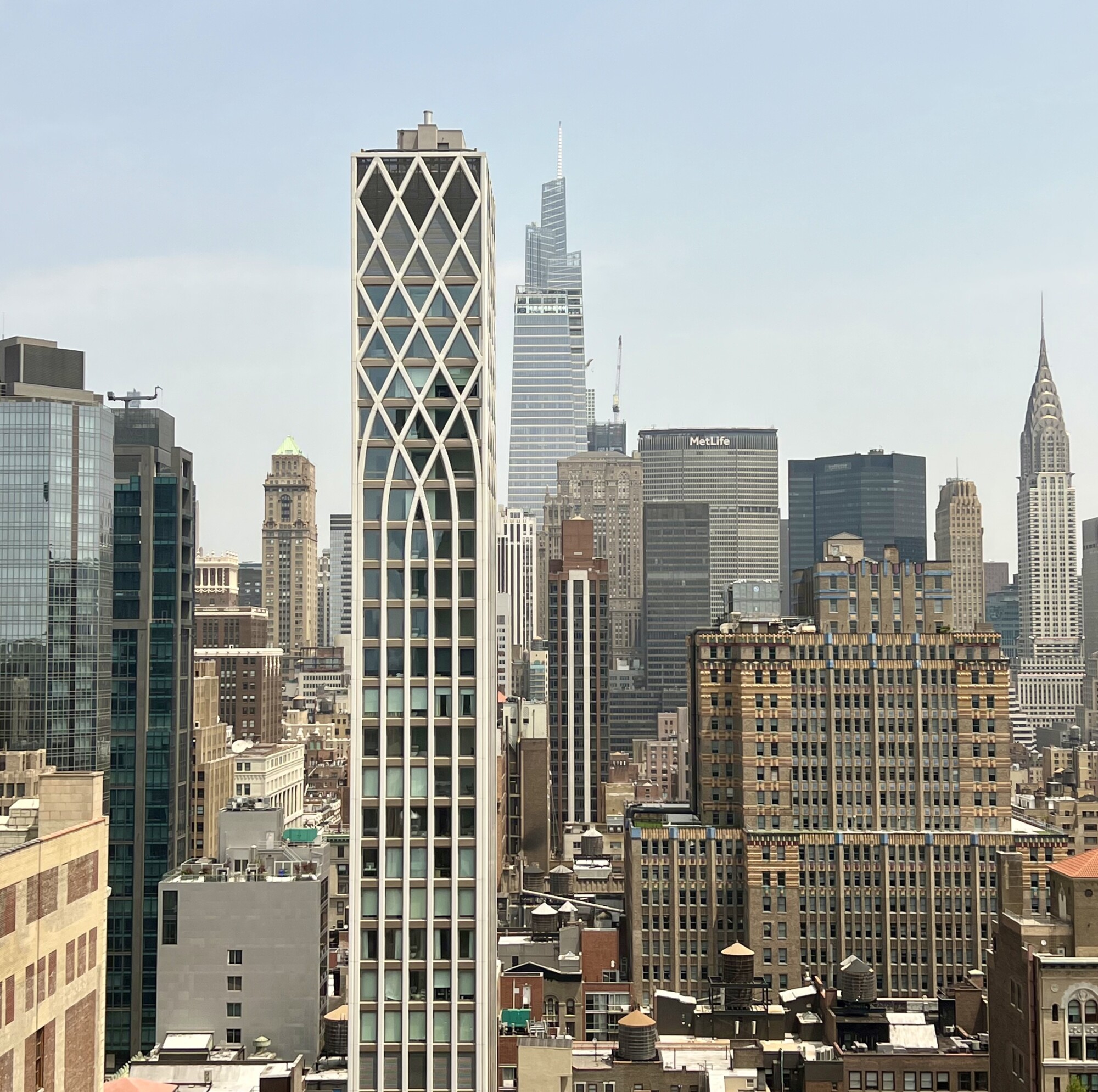Table of Contents Show
In the concrete jungle of Manhattan, where sky-high towers punctuate the skyline and real estate prices often defy gravity, purchasing property can be both a lucrative investment and a daunting gamble. For decades, the allure of owning a piece of the island has attracted investors, homeowners, and developers alike, drawn by the promise of prestige, potential returns, and a slice of the American Dream. Yet, beneath the glittering façade of luxury condos and historic brownstones lie opportunities and pitfalls, shaping a complex landscape where buyers must tread cautiously to navigate Manhattan real estate’s benefits and downside risks.
The Benefits: A Window into Prestige and ProsperityThe Benefits: A Window into Prestige and Prosperity
Owning property in Manhattan is often synonymous with status and prestige. The island’s iconic neighborhoods, from the Upper East Side to Tribeca, carry a cachet that transcends mere geography, symbolizing wealth, success, and cosmopolitan living. For many, investing in Manhattan real estate is not just a financial transaction but a statement of achievement—a tangible marker of one’s ascent up the social ladder.
Moreover, the potential financial rewards can be substantial. Historically, Manhattan property values have shown remarkable resilience, weathering economic downturns and market fluctuations with resilience. The island’s limited supply of land, coupled with sustained demand from domestic and international buyers, has helped underpin property values, creating a market that often outperforms national trends. In a city where space is at a premium, owning real estate can offer a hedge against inflation and a tangible asset with the potential for appreciation over time.
Beyond financial considerations, Manhattan property ownership can provide a gateway to a world of cultural amenities, fine dining, and vibrant nightlife. From Central Park’s leafy tranquility to Broadway’s dazzling spectacles, residents find themselves at the epicenter of global culture, with many museums, theaters, and Michelin-starred restaurants at their doorstep. Owning in Manhattan can also connect you to a specific neighborhood with its unique character, shops, restaurants, and social scene, fostering a strong sense of community. In a city renowned for its energy and diversity, owning property in Manhattan is not just an investment in bricks and mortar but an immersion into an unparalleled urban experience.
The Downside Risks: Navigating Uncertainty in a Dynamic MarketThe Downside Risks: Navigating Uncertainty in a Dynamic Market
Yet, for all its allure, Manhattan real estate is not without its perils. The market’s dizzying heights can quickly give way to dizzying lows, as evidenced by the recent volatility triggered by the COVID-19 pandemic. The outbreak precipitated a mass exodus from urban centers, as remote work and concerns over public health prompted many residents to seek refuge in suburban enclaves. The resulting exodus sent shockwaves through the Manhattan real estate market, leaving many investors uncertain.
Moreover, the regulatory landscape adds another layer of complexity to the equation. New York City’s stringent rent regulations and property taxes can erode returns and deter prospective buyers, particularly in a market with sky-high prices. Additionally, co-op boards can have strict approval processes, and buildings often have ongoing maintenance fees that add to the overall cost of ownership.
Manhattan’s reliance on international buyers exposes the market to geopolitical risks and currency fluctuations. Economic downturns abroad, coupled with changing immigration policies, can dampen demand and undermine property values, leaving investors vulnerable to forces beyond their control. The impact of future development projects is another consideration. Construction can affect light, noise levels, and overall livability in certain areas.
Navigating the Terrain: Strategies for SuccessNavigating the Terrain: Strategies for Success
Navigating the Manhattan real estate market requires a strategic approach informed by thorough research and prudent decision-making. Prospective buyers must carefully weigh the potential rewards against the inherent risks, conducting due diligence to assess market conditions, property values, and regulatory considerations. Consulting with a financial advisor can also be beneficial to ensure real estate purchases align with overall financial goals.
Diversification is critical for investors seeking to mitigate risk. Rather than placing all their eggs in one basket, savvy buyers may spread their investments across multiple properties or asset classes, reducing exposure to any market downturn or regulatory change. For example, condos, co-ops, and townhouses have advantages and disadvantages depending on whether the buyer seeks long-term ownership, investment potential, or flexibility.
Furthermore, engaging the services of experienced real estate professionals can provide invaluable guidance and insight, helping buyers confidently navigate the complexities of the Manhattan market. From seasoned brokers to legal experts specializing in New York real estate law, assembling a trusted team can help buyers identify opportunities, negotiate favorable terms, and safeguard their investments against potential pitfalls.
Final ThoughtsFinal Thoughts
Purchasing property in Manhattan is a multifaceted endeavor that demands careful consideration and informed decision-making. While the allure of prestige and potential profits may beckon, buyers must remain vigilant and aware of the risks that lurk beneath the city’s surface that never sleeps. By embracing diligence, diversification, and expert guidance, investors can unlock the rewards of Manhattan real estate.

